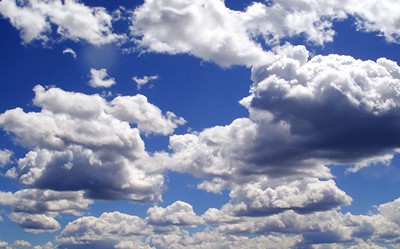
Dramatic reductions in the emissions of greenhouse gases are essential to help mitigate the effects of climate change, according to two reports issued last week by the National Research Council of the US National Academy of Sciences. Written by a 22-strong committee, the reports argue that removing carbon dioxide from the atmosphere is the most promising approach to tackle climate change, but conclude that the use of geoengineering to reduce the amount of solar energy that reaches the atmosphere is too risky. That type of geoengineering, the reports state, should instead be restricted to small-scale experiments rather than full deployment.
Dual approach
The reports identify two specific geoengineering approaches that could have a significant impact on the climate: injecting aerosols into the stratosphere – to mimic the effect of large volcanic eruptions – and brightening clouds to make them more reflective. Although these methods are cheaper than removing carbon dioxide from the air and would not require “major technological innovation”, the reports note that any future decisions on managing solar radiation – known as albedo modification – will be judged mainly on questions of risk. Indeed, many of the processes most relevant to albedo modification – such as those controlling the formation of clouds and aerosols – are among the most difficult to measure and monitor. Nor can current observational techniques monitor the environmental effects of the approach.
Marcia McNutt, a former director of the US Geological Survey who chaired the committee, says the fact that scientists are even thinking about using geoengineering to mitigate climate change should be a “wake-up call”. “The longer we wait, the more likely it will become that we will need to deploy some forms of carbon-dioxide removal to avoid the worst impacts of climate change,” she insists.
Conflicting views
However, some climate scientists urge the need for caution. “No reputable scientist I know thinks placing tiny reflecting particles in the stratosphere is a good idea, although some support studying it,” says Philip Duffy, president and executive director of the Woods Hole Research Center, an institution that focuses on climate change. Pennsylvania State University climatologist Michael Mann takes an equally sceptical view. “I believe that we should continue to fund studies of geoengineering approaches,” he says, “if only for one purpose: to expose just how dangerous many of these schemes might be.”
Marine geochemist Scott Doney of the Woods Hole Oceanographic Institution, who helped write the reports, thinks that deploying geoengineering – or even carrying out field research into it – is not on the immediate agenda and would require further discussion. “This is not just an academic science conversation, it needs to involve society: NGOs, governments and industry,” he says. “We’re saying that we should not move forward with deployment now – and not with field research until we have more detailed conversations on governance issues.”



